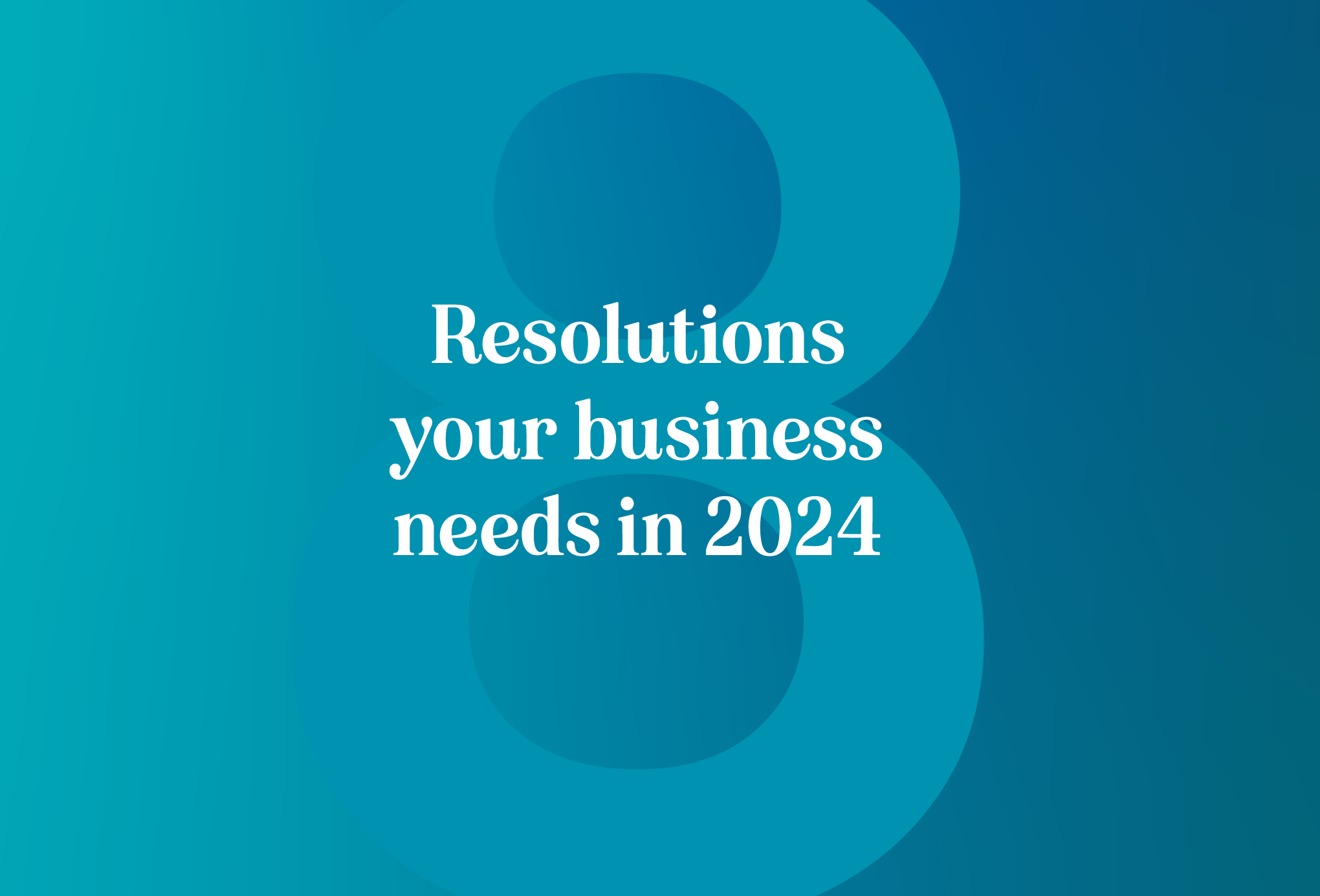Communicating Cross-Channel: Multi-Channel vs Integrated Marketing
Have you ever driven through a neighborhood on a calm, sunny summer weekend? As you drive, a sign appears before you. You read as much of it as you can—even going at 20mph you’re not able to catch it all. You see “Yard Sale”. Maybe you also see the first part of a street name or the date.
However, before you know it, the message has come and gone. You could turn around and take another look. After all, yard sales are a fun way to spend a morning. Yet, you don’t turn around. Instead, you hang onto a vague hope that you’ll see another sign—this time you’re alert and paying attention. You actually want to buy into the experience of this person’s yard sale. Sadly, no second sign appears. You soon forget all about the yard sale and carry on with the rest of your day.
Marketers are all-too-familiar with the problem of their audience’s attention span. It’s no one’s fault—we have so much sensory information coming at us at all times that we discard much of it. It’s only when something resonates with us that we commit it to memory or act on it. In a sense, that’s the purpose of marketing across mediums—to communicate a message across a wide spectrum to create a resonate moment that feels to an individual almost serendipitous in its significance.
How Can I Communicate to My Audience Across Mediums?
In the communications industry, there are typically two methodologies for marketing with multiple mediums. They can take many shapes and they can (and should) overlap. After all, marketing is an artistic medium with no hard and fast rules. But for the purposes of categorization, the industry refers to them as Integrated Marketing and Multichannel Marketing. While they both serve to accomplish the same goal (use multiple channels to communicate to an audience) they both take a distinct approach to accomplishing it.
Integrated Marketing
In essence, integrated marketing is all about one consistent message, conveyed multi-dimensionally. The purpose of integrated marketing is to create a unified communication that is projected over multiple mediums. To get an idea of this strategy, think of the movie A Christmas Story. An integrated marketing approach to the beverage Ovaltine would be “Be Sure to Drink Your Ovaltine”, conveyed over the radio, in magazine, in a code-breaking game targeting their consumers (children), and in modern times, via television and internet.
Multichannel Marketing
You keep hearing “multiple channels” and “multiple mediums” to describe integrated marketing, so what does that leave for “multichannel marketing?” The distinction is quite clear. The purpose of multichannel marketing is to take advantage of those same lines of communication but without a strictly unified message. This is often the strategy for a brand that has multiple, distinct demographics that they must communicate with uniquely or a brand that wishes for their audience to follow the marketing funnel through to the end (aka, the shopper’s journey.) A multichannel marketing message might look different in a magazine then it would in a direct mail piece, depending on the audience being targeted within that individual channel and where they are along their journey of discovery.
Multi-Channel Marketing Versus Integrated Marketing
It’s natural to pit one approach against another. However, we’ve found it’s best to combine the two concepts. While it’s difficult to shed light on the modern-day shopper’s journey (thanks to all of the modern ways we interact with brands day-to-day) or to build a marketing funnel that best synchronizes with your audience, it’s certainly the most impactful way to communicate your message.
An integrated, multichannel marketing strategy brings with it a unified message across multimedia platforms, while also serving to integrate into the distinct stages of your audience’s journey, from the top-of-funnel (that first yard sale sign) to the bottom portion (becoming convinced that you must stop at the yard sale because it has something you absolutely need.)
We often use this multi-faceted approach with our political clients. We’ve handled 100s of such campaigns over the years and found the use of a multichannel approach to be the most successful. We send out direct mail pieces to constituents while simultaneously launching targeted Facebook ads. Our strategy is to bring awareness with direct mail, which everyone receives, and then focus that message via digital advertising, where we can narrow the audience further.
Just like a yard sale sign, we also rely on good old fashioned signage (often in front yards), stickers, and buttons. This mixture of low and high tech, and everything in-between, gives us a unified message that we can further tailor at-will, thanks to the power of modern digital advertising. However, each level of communication serves a wider purpose. Without it all, your message falls short or isn’t even noticed.
While We May Find New Mediums, We’ll Always Rely on Clear Communication
Many people ask me what the future holds with regards to marketing. The assumption is that as technologies are invented, the core values of marketing and communications will shift in a new direction. While new mediums for communications may arise, we’ll always rely on personalization and relationship-building.
The 6 fundamentals of marketing go in a sequence—awareness, interest, consideration, intent, evaluation, and purchase (or buying into a concept.) I don’t believe those tenets will ever drastically change, although the method in which you communicate them certainly will and already has with the advent of social media. At our firm, we strive to strike a balance between innovation and the tried-and-true importance of client/customer relationships.
Interested in how Bluegrass can help?
See what we can do.
You may also like...

The Psychology of Direct Mail: Why it works
December 30, 2024

The Power of Direct Mail in the Digital Age
November 7, 2024

